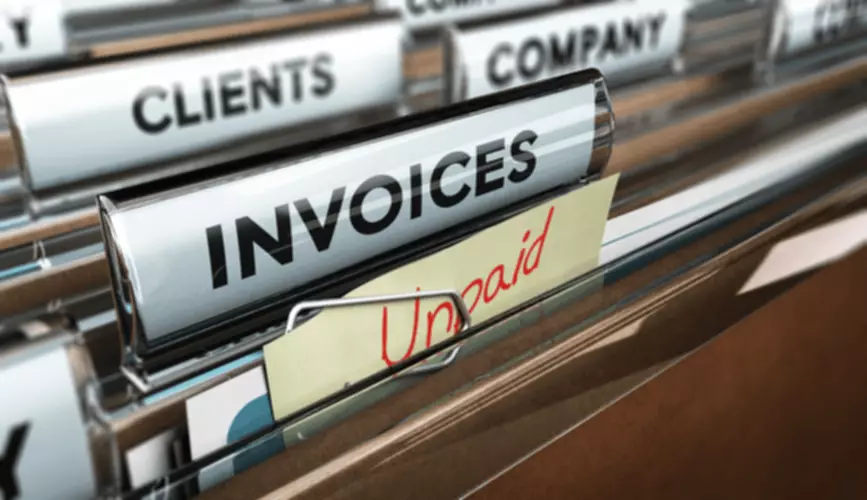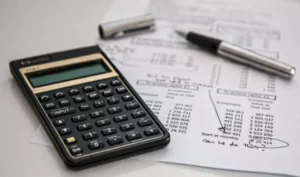Content

This article will give you a complete restaurant chart of accounts and a quick overview to help you understand the basics of your chart of accounts. A good chart of accounts lets you see where your business’s money is coming from and going to. It also gives you a good idea of what you can liquidate if the going gets rough. These are your fixed occupancy and overhead expenses like rent, utilities, and insurance. The expense category is also home to labor cost and, optionally, prime cost. “Lists all important financial information” may sound intimidating.
Accrual accounting accounts for each transaction as it happens, regardless of when money changes hands. This method creates a more accurate overview of your restaurant’s income and expenses. This method records income as it enters your restaurant’s bank account, and records expenses when they are paid and the money leaves your bank account. Before we dive in, let’s take a look at some of the accounting terms that restaurateurs need to know.
Cost of goods sold
Again, this information is easily pulled from a perpetual inventory system system from BinWise. By keeping a running tally of your inventory after every purchase and sale, it will always be up-to-date and accurate.

Not only will you understand the actual accounting process, but you will also know what each process entails. In turn, this will increase your chances financial success and responsibility in your restaurant. Many restaurant owners detest accounts, simply because they do not see any value addition to the business. While bookkeeping and accounting are not part of your core business, they are important. You may feel that they are pulling you away from where the real action is, out front and in the kitchen. And since labor costs are one of the largest expenses for a restaurant, it’s important to know what it is so you can invest money wisely and increase profits.
Accountant to Develop Chart of Accounts for a Restaurant
The chart of accounts provides a helpful starting point for your investigation. Oftentimes, restaurants record gift cards as income when they sell the gift card. This isn’t really accurate though, because the revenue part restaurant bookkeeping is going to be recognized when someone comes in and uses the gift card to make a purchase of food or drink. This is what’s known as deferred revenue, which should be looked at as a liability when it comes to accounting.
- We generally recommend keeping your chart of accounts as simple as necessary, and keep the details in your POS.
- Besides a good chart of accounts, and using Xero for your accounting, make sure you use a payroll provider like Gusto.
- You should also download our restaurant financial audit checklist and use the restaurant break even point calculator to stay even more on top of your finances.
- The more information you have, the more accurate your account will be.
- Since you can have a limited number of accounts before you can upgrade, you’ll want to modify some of the existing accounts that you won’t use.
TheChart of Accountsincludes assets, liabilities, revenue, expenses, and equity. The Cost of Goods accounts, also called Cost of Sales or Cost of Goods Sold, represent the food and beverage purchases to provide the meals. Other expenses directly related to sales may be included, such as merchant fees or consumable cups and napkins. A restaurant will obviously want separate categories for food and beverage sales, and may want further separation of beer, wine, and liquor sales.
accounts restaurant chart of accounts should have:
If, for example, you have multiple revenue centers (a setup that’s easy to track with software like BinWise Pro), you may want to list them as multiple subaccounts. That allows for more granularity in tracking and analyzing your finances. Bar and restaurant equity accounts are based on how your business is legally structured.
- For example, assets may be in the 1000 range, and income accounts in the 4000 range.
- This integration will automate reconciliation of your sales records and bank deposits.
- Small business owners face a number of challenges every day, and…
- Chartered Accountant, QBO ProAdvisor, Bookkeeping, Business & Financial Consultant, FOREX risk management consultant, Financial reporting and any other related services.
- The profit & loss statement, also known as the income statement typically shows costs and sales.
- While accounts must be broken down at least far enough to separate tax lines, combining rarely used accounts will make the overview much easier to understand.




